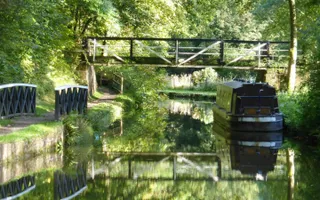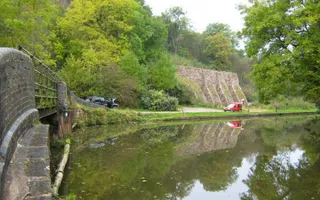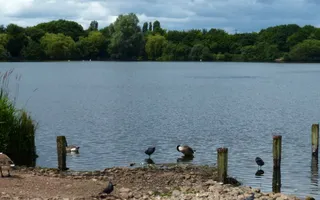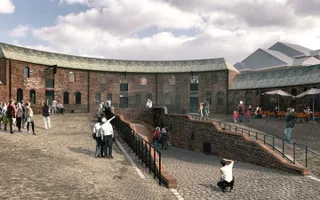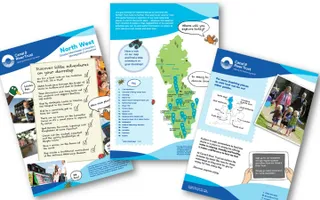This 18-mile canal is steeped in history, with fascinating industrial buildings visible along the Stoke section. Further along, you may see a steam train chugging along where the Churnet Valley Railway passes close to the canal.
The outstanding scenery along the route means there is lots to see for boaters, walkers and cyclists. The unusually low Froghall Tunnel may be a challenge for boaters, but beyond it, you will be rewarded by arriving at the tranquil and secluded Froghall Wharf.
The Uttoxeter branch of the canal is derelict, but the first lock and basin at Froghall have been restored and re-opened in 2005. The Caldon and Uttoxeter Canals Trust is a passionate local group, working to preserve and restore both waterways.



